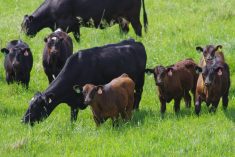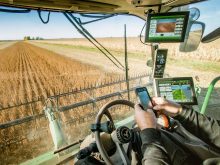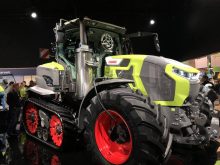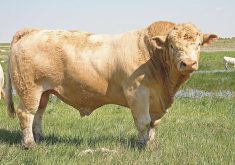A national bison registry is being created — although there may not be a stampede of owners registering their herds.
Efforts to create a registry go back to the 1980s, but the Canadian Bison Association decided to move forward after more than 100 producers said they would register their herd, said executive director Terry Kremeniuk.
“The registry is there to get a good handle on the genetics of the wood and plains bison,” said Kremeniuk. “It allows producers to better manage their herds, and also to potentially provide conservationists with a source of either wood or plains bison.”
Read Also

Grazing ‘sweet spot’ boosts pasture performance
Timing-focused approach to pasture management touted to boost forage growth, livestock gains while also cutting farmer labour and inputs
Having purebred registration isn’t important for many producers, but is key for others, such as those who sell breeding stock. Registration “is not inexpensive” and not everyone who indicated they would register may follow through, Kremeniuk said.
There is little or no difference in the DNA of wood bison and plains bison, but there are phenotypic differences (observable characteristics or traits) between the two. There are also crosses of the two subspecies.
“From a registry perspective, it’s important to maintain that differentiation even though it may just be phenotypic,” Kremeniuk said.
Producers could use the information to minimize inbreeding in their herds, and also to preserve the bloodlines of the two subspecies, particularly the plains bison.
“Public” herds of plains bison roaming parks aren’t growing as hoped, and conservationists want to be able to access pure plains bison.
“Future generations should be able to determine if they want to keep the subspecies or not,” said Thomas Ackermann, who sits on the national board and is chair of Alberta Bison Producers.
While they could breed bison strictly as commodities, he said there’s a desire to keep the subspecies separate and close to their natural state.
“We want to keep the bison and its habitat and its morphology and its genetics as pure as we can,” he said.
They’re working on conservation guidelines for producers on how to raise the animals and keep their habitats and behaviours intact, he said.
In the U.S., there’s some debate about whether the woods and plains bison are separate subspecies, but in Canada, the subspecies division is generally accepted, he said.














